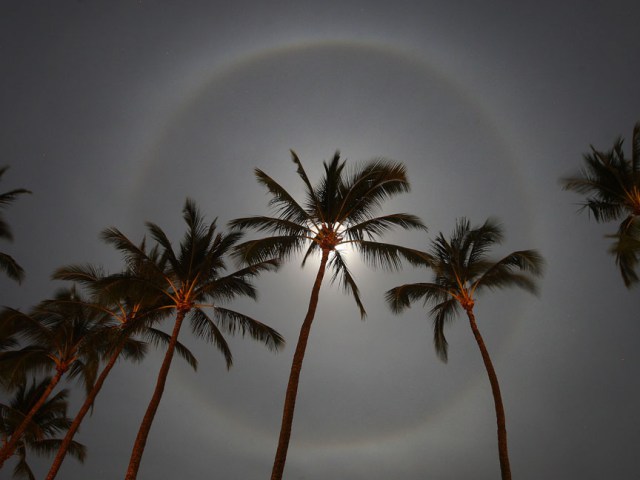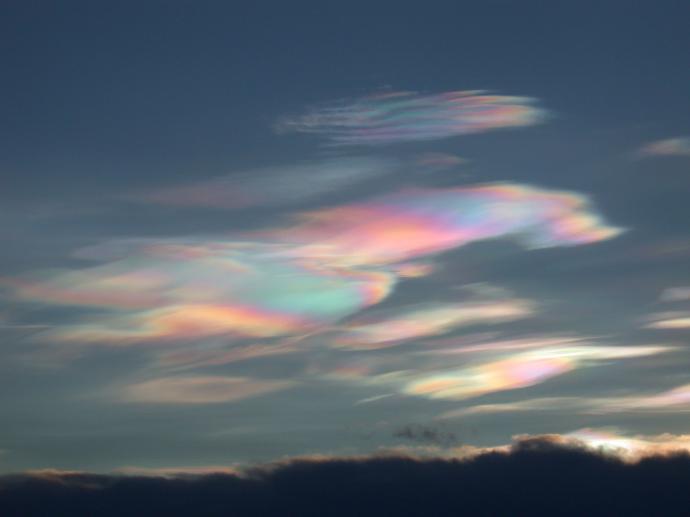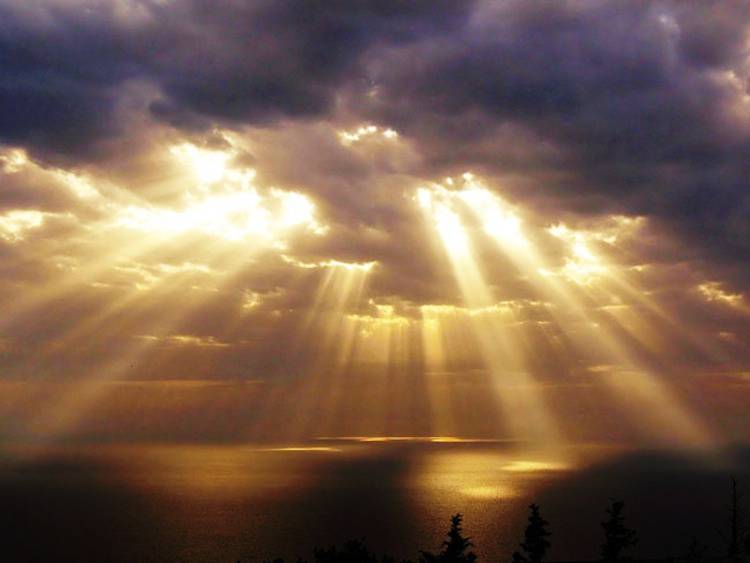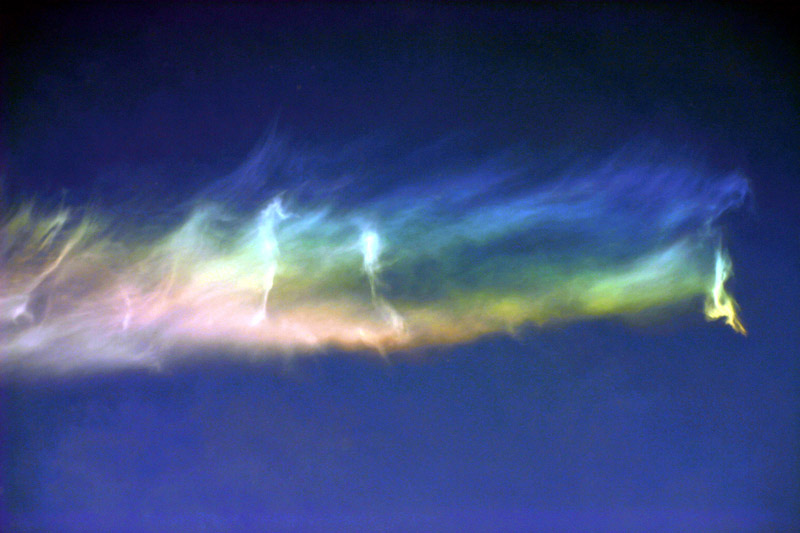Understand the science of the sky as you learn to spot the major cloud types.
Book introduction:
“Magicked into being by the inscrutable laws of the atmosphere, clouds exist in a state of constant flux, shifting effortlessly from one form to another. One moment, they’re joining and spreading into undulating layers. The next, they’re breaking into torn shreds. One moment, they’re building upwards in enormous, weighty towers with dark, brooding bases. The next, they’re cascading back down in delicate, translucent streaks. And then they’re gone – shedding their moisture as rain or just evaporating into the blue. They’re like expressions on the face of the sky, and certainly not candidates for the display case…”
The Cloud Collector’s handbook identifies 46 different cloud types with photographs. It includes detailed and sometimes humorous descriptions – how a Cumulus cloud can look like David Hasselhoff, for example – and has a little point collecting game for the different cloud types that you spot – from the most common to the most rare.
Cloud types include:
Cumulus
“Cumulus clouds are the cotton-wool puffs, with flat bases, that drift lazily along the sky on a sunny day… Most forms of cumulus produce no rain or snow, and so are known as fair weather clouds.” – 15 points
Cirrus:
“The most ethereal looking of all the main cloud types, Cirrus clouds are also the highest – composed entirely of ice crystals… Apart from the thick Cirrus spissatus, all other forms of Cirrus can react and reflect the sunlight to produce coloured arcs and rings, called halo phenomena” – 15 points

Lenticularis:
“Presumably, when they were named, no one could think of the Latin word for ‘shaped like a UFO’. Lenticularis can be found at low, medium and high cloud levels, although the most striking and dramatic ones tend to be mid-level.” – 45 points
Mamma:
“Also known as ‘mammatus’, these supplementary features hang down from a layer of cloud in smooth or rough pouches that often have the appearance of udders (which is what ‘mamma’ means in Latin).’ – 30 points
Kelvin-Helmholtz:
“Looking just like enormous waves breaking on the shore, it is rare, fleeting and the favourite of cloudspotting surfers…” – 55 points
22° Halo
“The 22° halo is the most frequent of the many halo phenomena that can appear as sunlight is refracted through the ice crystals of thin layers of high clouds, such as Cirrus, Cirrostratus and Cirrocumulus, or the ground-level ice-crystal cloud, diamond dust… The 22° halo can appear when a cloud’s ice crystals have the shape of hexagonal columns. When these tumble in all directions, they refract the light most by an angle of 22°. Their combined sparkles form a ring of brighter light that appears as a halo around the Sun. To an observer, the angle between the Sun and the ring is 22°.’ – 25 points
Nacreous
“Sometimes called ‘mother-of-pearl clouds’, their tiny, uniform ice crystals are very good at detracting sunlight. This separates the light into bands of colour, to create a much more dramatic version of the iridescence sometimes seen in lower clouds.” – 45 points
Crepuscular Rays
“They’re the familiar sunbeams that appear to burst from behind a Cumulous cloud or shine down through a hole in a Stratocumulus. Crepuscular rays appear when the path of sunlight is made visible by tiny atmospheric particles, too scarce appear as cloud, but plentiful enough to scatter the light noticeably.” – 25 points
Circumzenithal Arc:
‘The Circumzenithal arc is a halo phenomenon that appears like a multicoloured smile in the sky… It appears as sunlight is refracted by the ice crystals of thin layers of high clouds, such as Cirrus, Cirrostratus and Cirrocumulus, or the ground-level ice-crystal cloud, diamond dust.’ – 45 points
*Explanations taken from The Cloud Collectors Handbook
Buy The Cloud Collectors Handbook
For more information on clouds check: https://cloudappreciationsociety.org
And check also The Science of Clouds
This post was written by Kim Booth, who loves clouds very much.

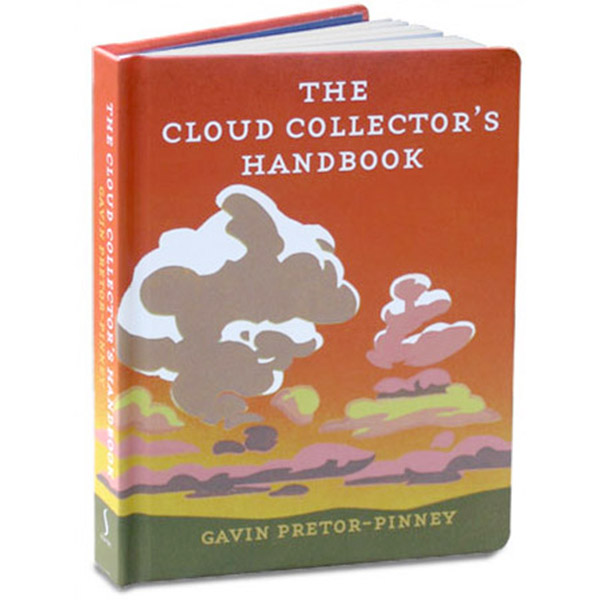
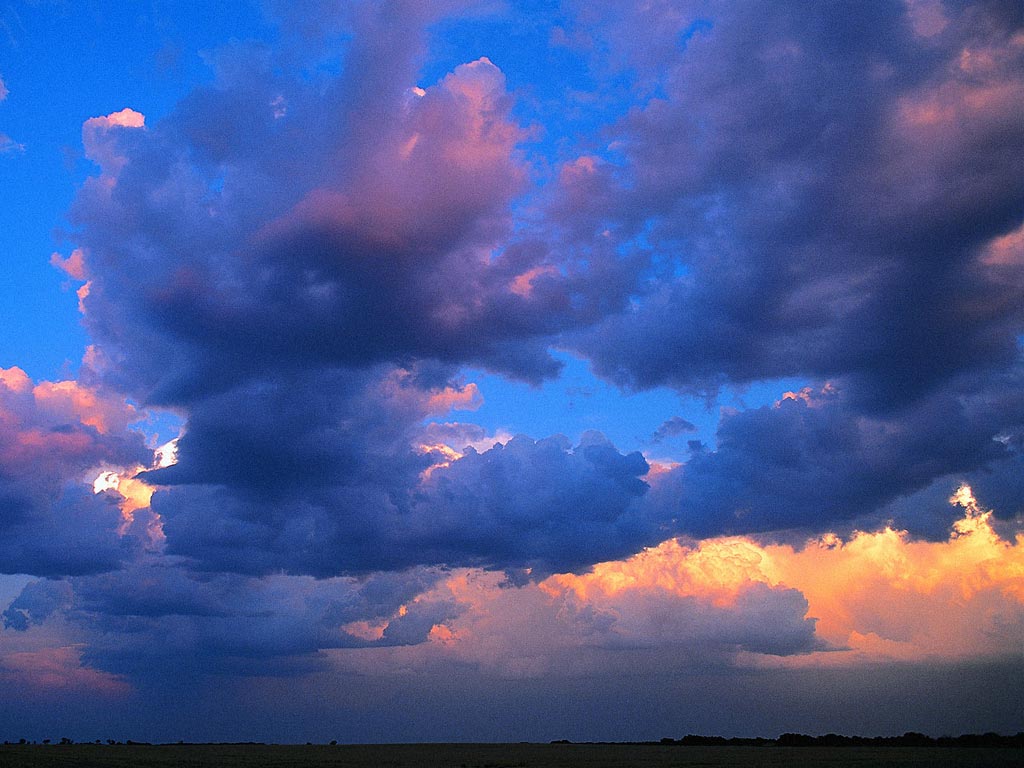
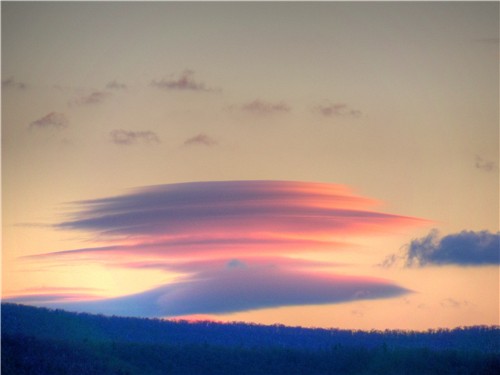
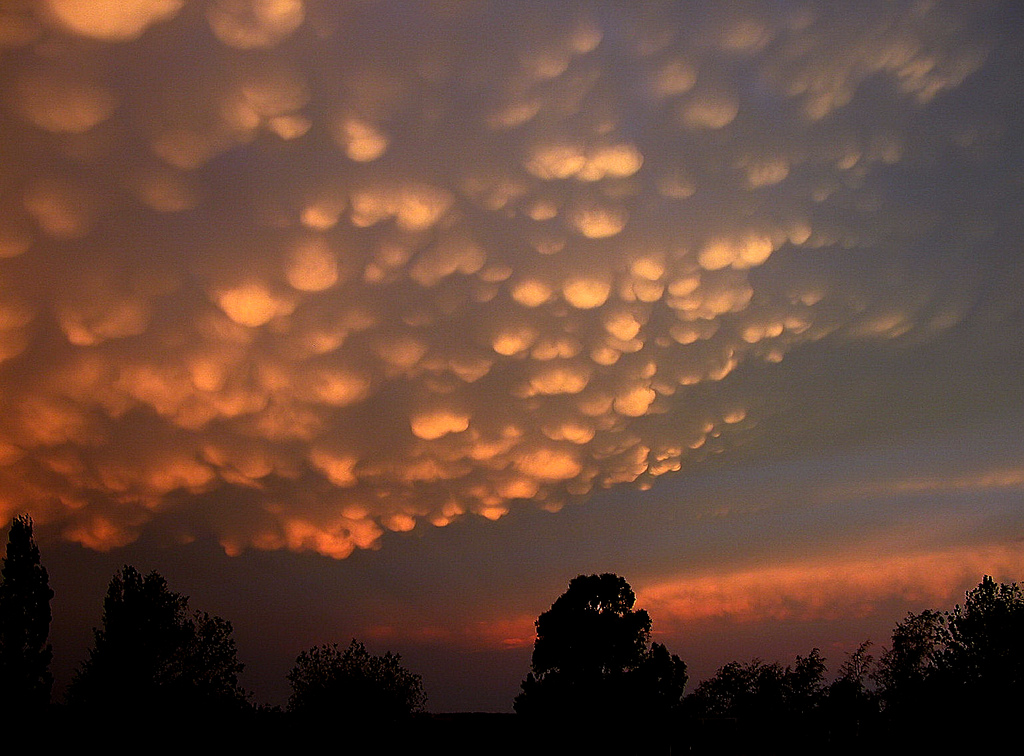
![kelvin-helmholtz-clouds-3[7]](http://cosmicpineapple.co.uk/wordpress/wp-content/uploads/2016/03/kelvin-helmholtz-clouds-37.jpg)
